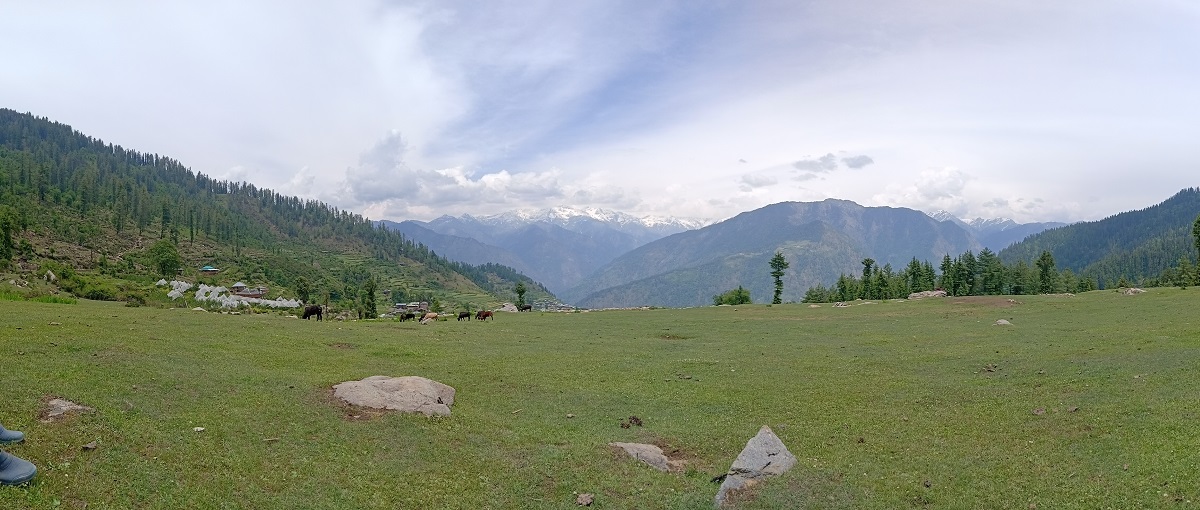The Western Tragopan (Tragopan melanocephalus) is considered the rarest of all living pheasants. Their range is very limited. In Kullu district of Himachal Pradesh, this bird is locally called “Jujurana” which means king of birds.

It inhabits the upper temperate forests between 8,000 ft to 12,000 ft in summer, and in winter, is surrounded by dense coniferous and broad-forests between 7,000 ft. to 10,000 ft. upgrade. The Western Tragopan is mostly arboreal, but feeds on the ground. The main food are leaves, shoots, herbs and seeds, but the Western Tragopan also eat insects and other invertebrates. Like most pheasants, they roam in trees alone or in pairs in addition to nesting.
During the performance, males show inflated throats in lappets that appear purple with pink margins. They also show blue horns with a fan known as the Greek mythological deity Pan, named Tragopan (Tragos “goat” + pan). During the performance they call and the song is a loud two-note ringing woo-wee that is repeated every second for a long time. The breeding season is May and June. They build their nests in hollows of low trees. They are sensitive to anthropogenic disturbances and avoid disturbed habitats.
Our special thanks goes to Mr. Vinay Kumar from Wildlife Wing of Himachal Pradesh Forest Department for the image of the Western Tragopan.
The best place to find the Western Tragopan is the Great Himalayan National Park, a UNESCO World Heritage Site since 2014. The park protects over 1,000 plant species, including many medicinal herbs, 31 mammal species and 209 bird species, as well as amphibians, reptiles and insects.


Koklass Pheasant

Variegated Laughingthrush

Himalayan Monal

Grey Bushchat



